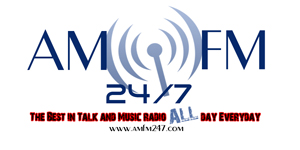How do you compare dissimilar deals?
Would you rather make $50k 70 miles away or $35k right around the corner?
Would you rather make $70k on a $200k project or $50k on a $135k project?
How about $60k in 4 months on a $250k investment or $75k in 7 months on $300k?
What if you could make $60k in profit on two light rehabs OR you could make $80 on a “pop top” rehab deal?
What if the property looks very profitable but is in a bad neighborhood?
What if the deal looks great but it’s 100 miles away?
What if you can make $150k, but the rehab will take more than a year and sales are slow there?
Investors face thousands of questions like these every day across America. Your answers to situations like these will depend in large part on the numbers, but not entirely on them. Sometimes an attractive set of numbers comes with a basically ugly house. Most big profits come from equally big rehabs. How do you “measure” market heat? How can we quantify the effect of distance on the project?
I tackled this problem years ago and developed a way to compare disparate properties. Today I am going to let you behind the curtain to see the logic and methods I used to create the Flipping America Property Grade and the Property Grade app. Some of you will say, “oh, ok, now I see what to do” and will go make your own analysis tool based on your own priorities. Some of you will say, “that’s interesting — where can i just get the app?” But everyone will benefit from knowing the principles involved in quantifying the intangibles that allow you to compare everything with everything.
Podcast: Play in new window | Download
Subscribe: RSS







Speak Your Mind